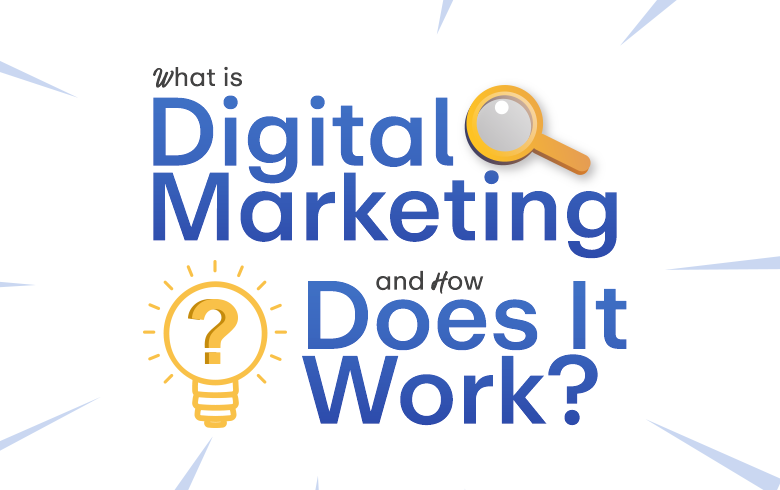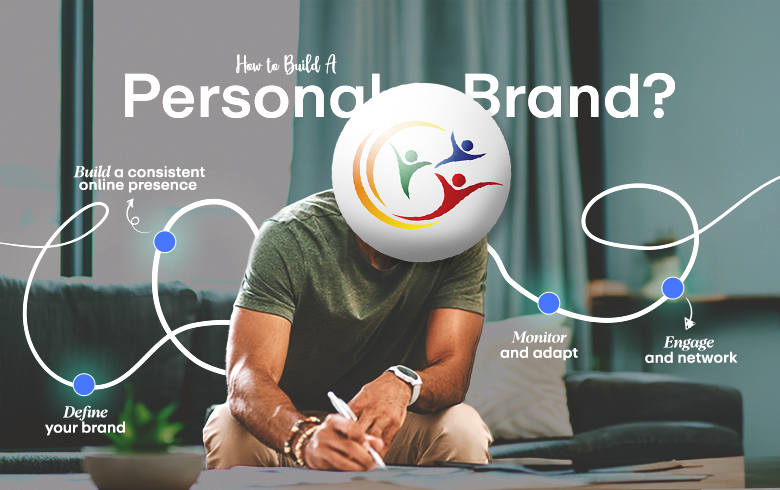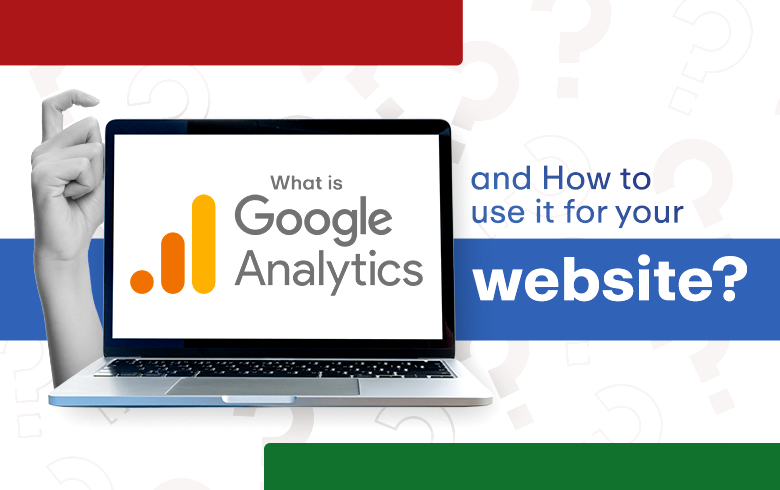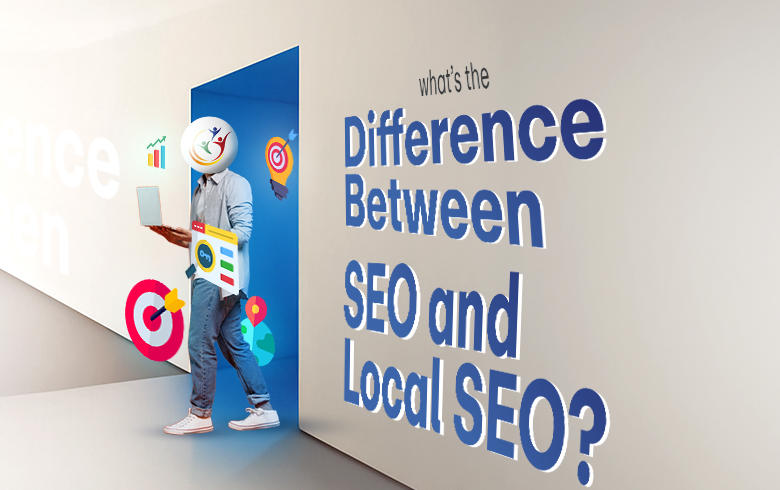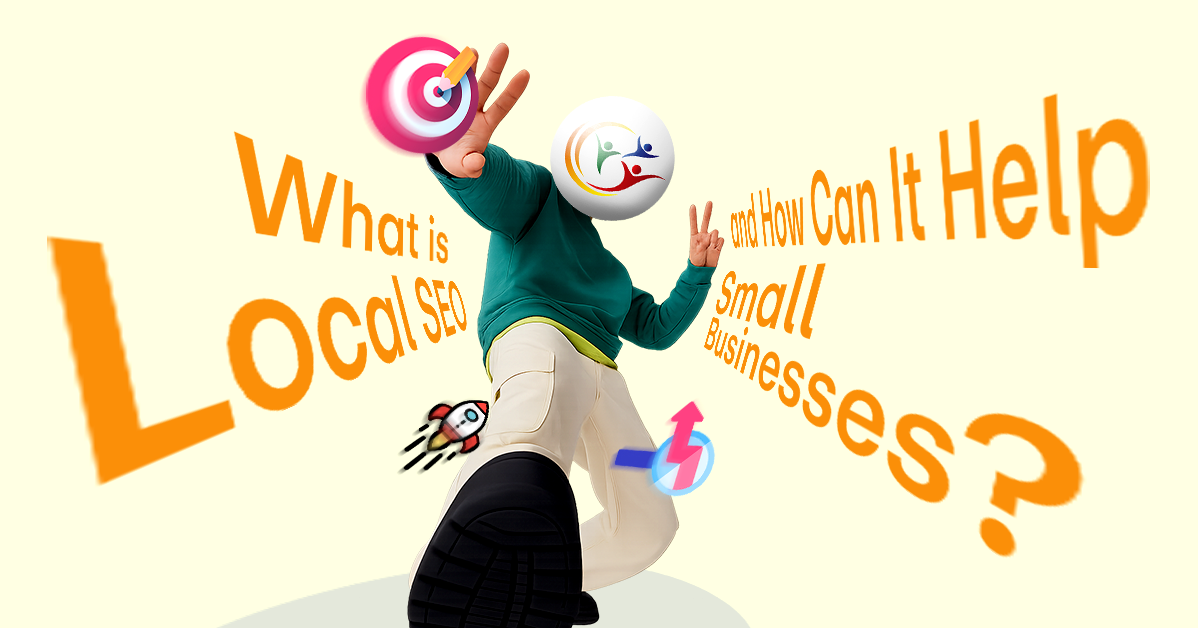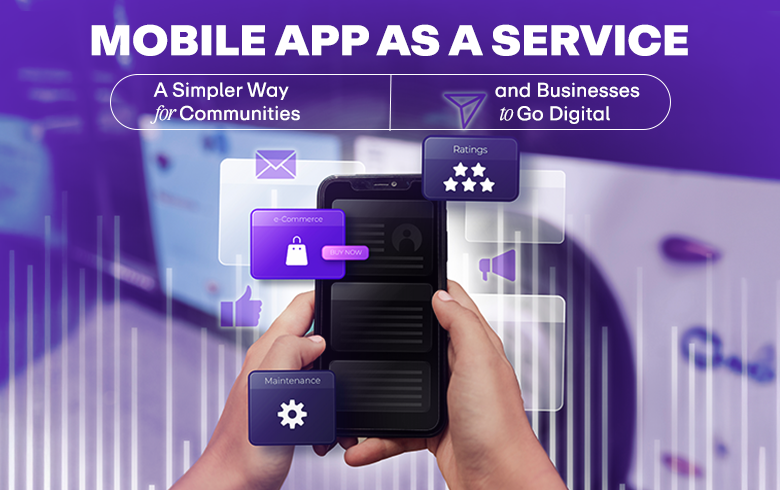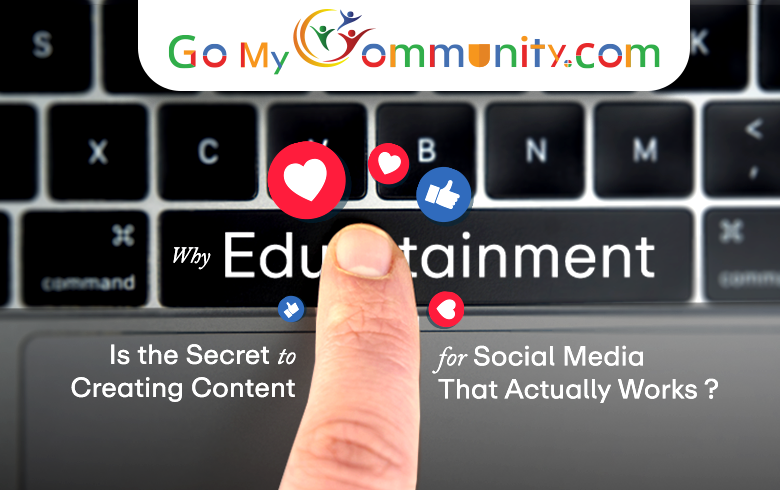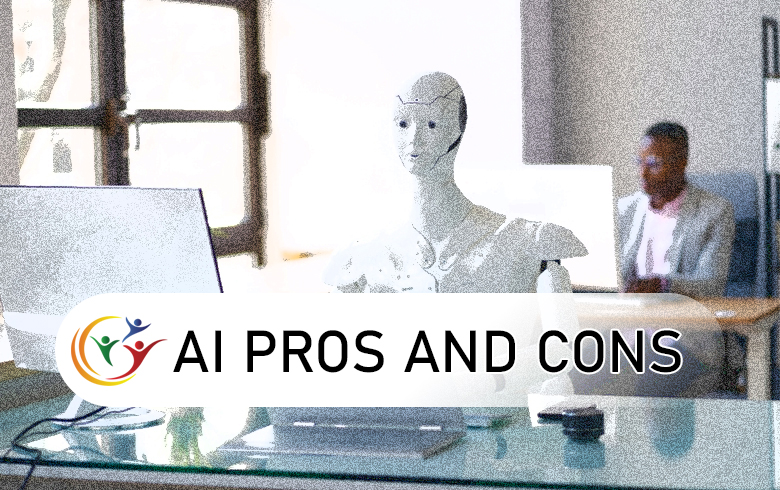Introduction:
Artificial intelligence (AI) has significantly improved a number of industries and changed the way we work and live. However, AI has advantages and disadvantages just like any strong tool. We shall examine AI’s benefits and drawbacks in this blog, highlighting both its potential and its difficulties.
Pros of Artificial Intelligence:
- Efficiency and Automation: AI makes automation possible, simplifying procedures and lowering human error. It can accurately carry out monotonous activities, freeing humans to concentrate on difficult problem-solving and creative endeavours. Through the incorporation of AI-powered technologies, sectors including manufacturing, shipping, and customer service have seen notable increases in productivity and efficiency.
- Improved Decision-Making: AI algorithms have the capacity to process enormous volumes of data and extract insightful knowledge, enabling decision-makers to make well-informed decisions. AI improves decision-making by analysing patterns and forecasting outcomes more precisely than humans alone, allowing for everything from personalised recommendations in e-commerce to data-driven medical diagnoses.
- Enhanced Safety and Security: AI is essential in enhancing safety and security measures in a variety of fields. Law enforcement organisations use sophisticated surveillance systems and facial recognition technology to spot potential threats and ensure public safety. AI systems may also spot trends and irregularities in data, helping to stop fraud, cyberattacks, and other security lapses.
- Healthcare advancements: AI has transformed healthcare by enabling better diagnosis, individualised treatment, and medication development. To find patterns that aid in early detection and more accurate diagnosis, machine learning algorithms examine medical records, genetic information, and imaging results. Robots and virtual assistants with AI capabilities can support medical procedures, therapy, and patient care, improving the overall quality of care.
Cons of Artificial Intelligence:
- Job Displacement: Concerns regarding job displacement have arisen as a result of the advent of AI-powered automation. Certain job roles may become outdated when AI systems take over regular tasks, leading to unemployment or the need for workforce reskilling. Finding a balance between the integration of AI and the maintenance of human employment prospects is essential.
- Ethical and Bias Issues: Concerns regarding job displacement have arisen as a result of the advent of AI-powered automation. Certain job roles may become outdated when AI systems take over regular tasks, leading to unemployment or the need for workforce reskilling. Finding a balance between the integration of AI and the maintenance of human employment prospects is essential.
- Lack of Human Judgment and Creativity: While AI is excellent at pattern recognition and data processing, it lacks human judgement and creativity. Human intervention is still necessary for complex decision-making incorporating moral, ethical, or contextual considerations. Our capacity to solve difficult problems may be constrained by an overreliance on AI systems, which may result in a decline in human involvement and critical thinking abilities.
- Security and Privacy Risks: Applications of AI that deal with personal data, in particular, present serious security and privacy hazards. Data breaches and unauthorised access are more likely as AI technologies are incorporated more deeply into our daily lives. To reduce these dangers, it is essential to set up strong security procedures and protect critical data.
Conclusion:
The development of artificial intelligence brings both benefits and difficulties. While improving automation, decision-making, safety, and healthcare, it also raises questions about employment loss, moral issues, restrictions on creativity and judgement, and security hazards. Responsible use of AI will depend on finding a balance between utilising its potential and resolving its downsides.





